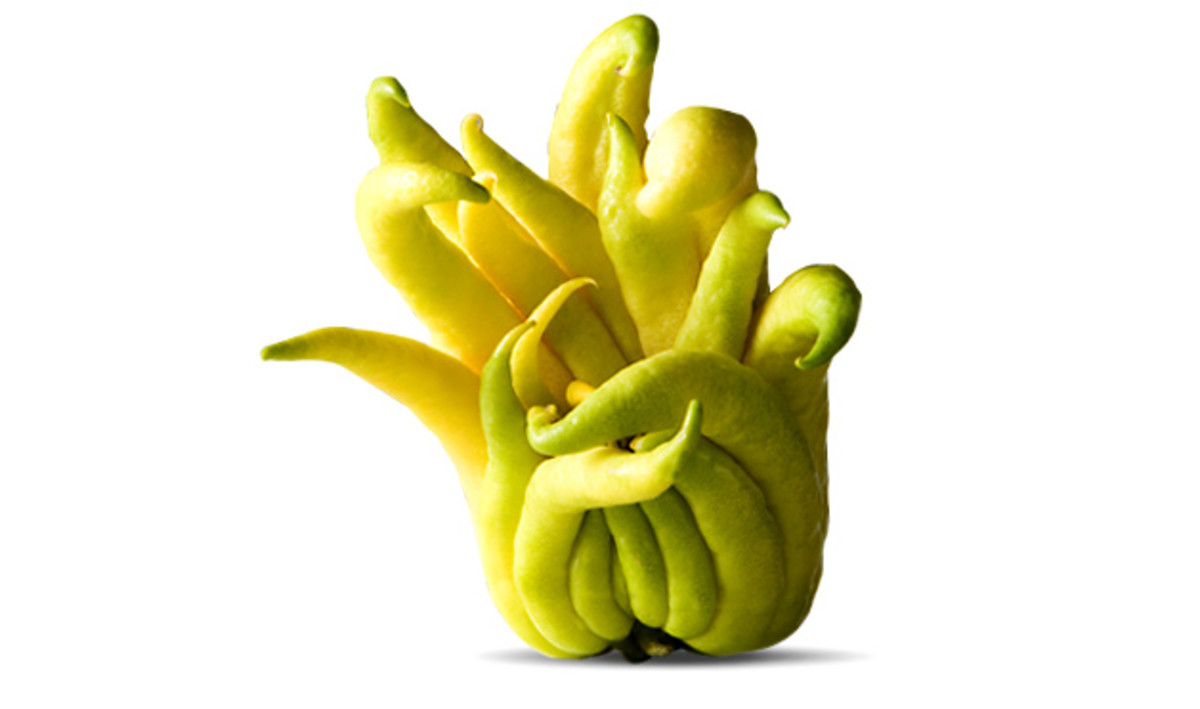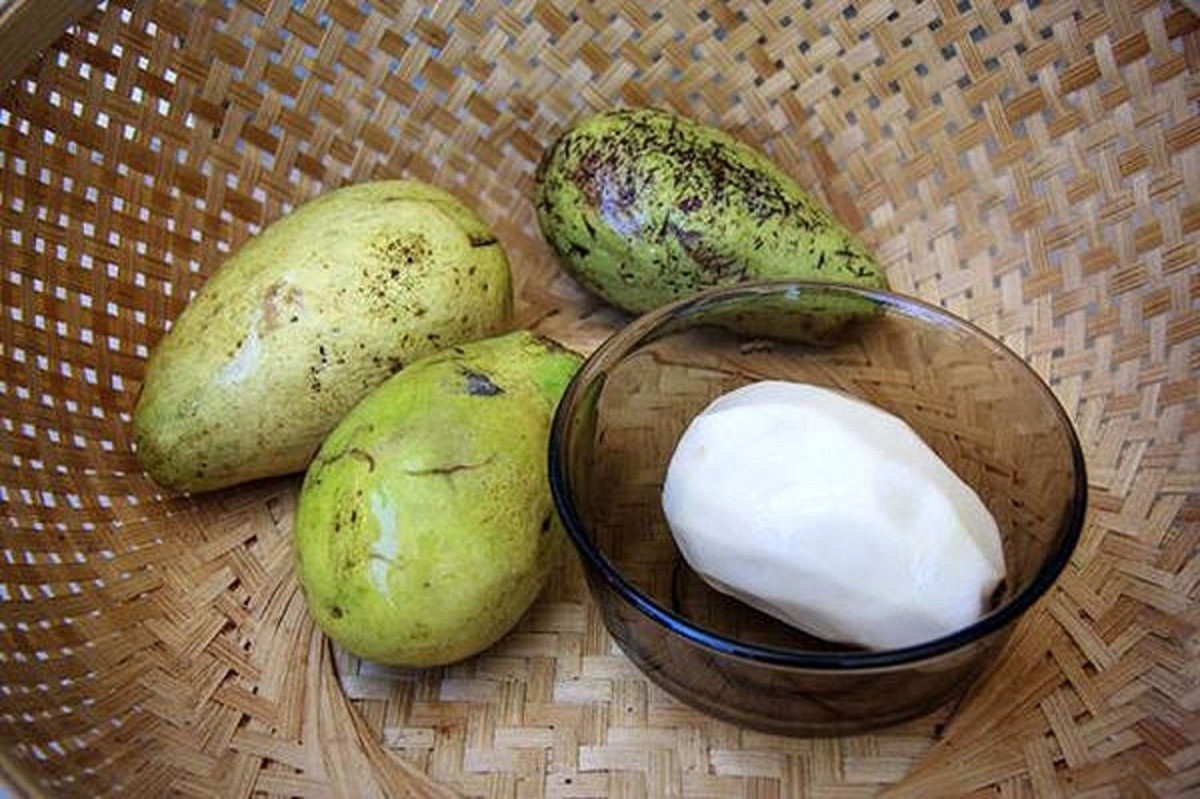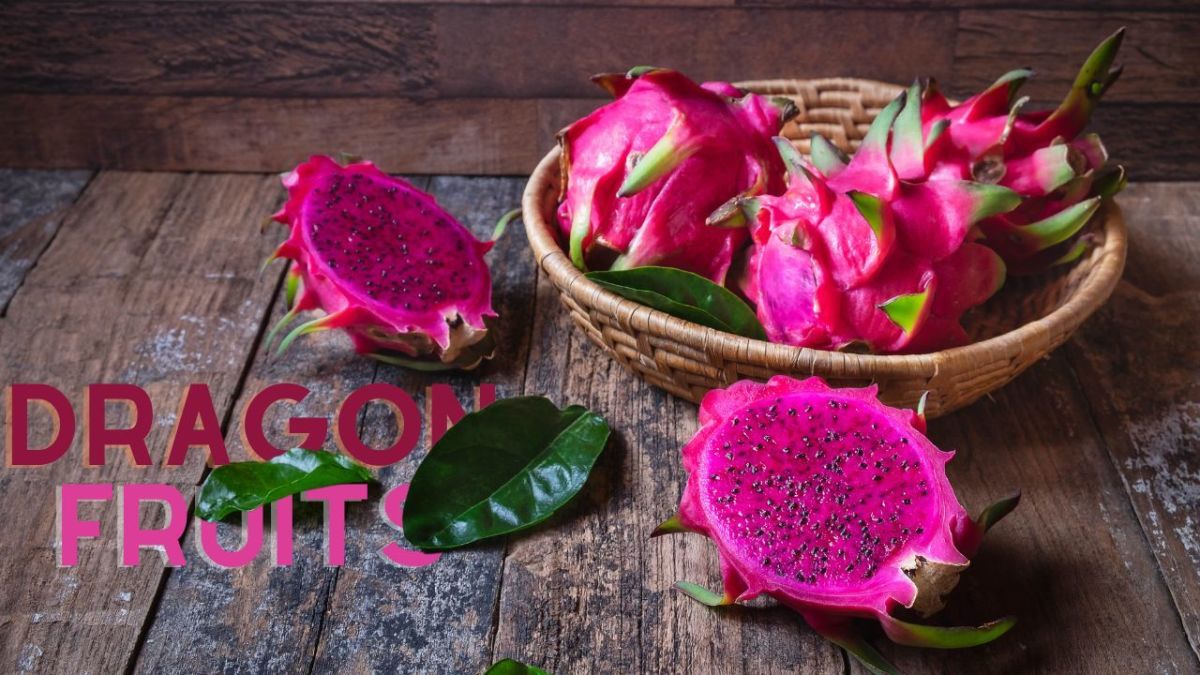The King Of Fruits - Can You Handle It?
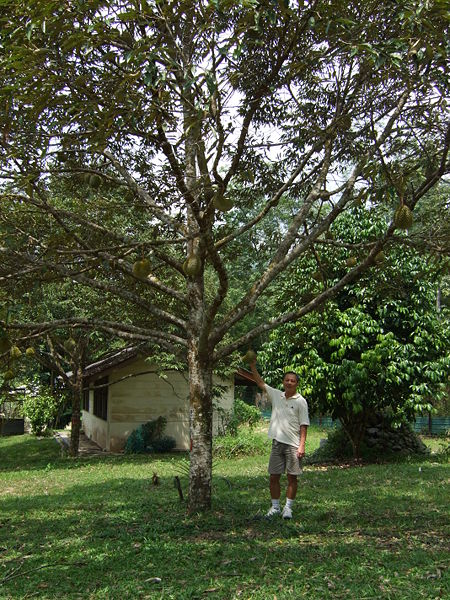
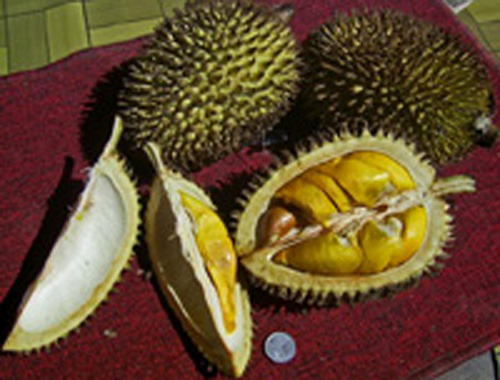
The Controversial Fruit From The East
The Durian, or popularly known as the King of Fruits originates from Malaysia, Brunei and Indonesia. It is actually not native to Thailand as people would believe. It is popular with the natives of these countries in its original form and as part of the delicacies of the local dishes. It is notoriously known to foreigners for its’ strong “revolting” odor. Some say it smells like a rotten egg mixed with onions. Some liken it to pig excrement in a sewer. Some compares it to a skunk spray. I’ve never experienced a skunk spray before but personal, I think this fruit came from heaven!
What does the durian taste like?
Let’s get acquainted to this delightful controversial fruit a little better. In case you have never experience it before, I would like to quote a British naturalist named Alfred Russel Wallace who wrote in 1856 :
“The five cells are silky-white within, and are filled with a mass of firm, cream-coloured pulp, containing about three seeds each. This pulp is the edible part, and its consistence and flavour are indescribable.
A rich custard highly flayoured with almonds gives the best general idea of it, but there are occasional wafts of flavour that call to mind cream-cheese, onion-sauce, sherry-wine, and other incongruous dishes. Then there is a rich glutinous smoothness in the pulp which nothing else possesses, but which adds to its delicacy.
It is neither acid nor sweet nor juicy; yet it wants neither of these qualities, for it is in itself perfect. It produces no nausea or other bad effect, and the more you eat of it, the less you feel inclined to stop. In fat, to eat durians is a new sensation worth a voyage to the East to experience …as producing a food of the most exquisite flavour it is unsurpassed.”
Extracted from ‘On the Bamboo and Durian of Borneo’ by Alfred Russel Wallace (1856)
The origins of durian
The word durian is actually derived from a Malay word - “duri” (thorn). The tree that bears this fruit belongs to the Malvaceae family. The leaves are elliptical to oblong in shape and are evergreen. They can grow from 25-50 meters in height. Durian trees have only 1-2 flowering and fruiting period per year, usually from June to August. However, it takes four to five years to bear fruit.
The durian itself weighs between 1 to 3 kg and can grow up to 30 centimetres in length. Its shape can vary from round to oblong, and the colour from brown to husky green. Its skin is covered in hard thorns as a form of protection from predators. It takes skill and strength to crack open one of these beauties!
There are 30 known species of Durio (as it is referred to) but only 9 actually produce edible fruits. 1) D.zibethinus 2) D.dulcis 3) D.grandiflorus 4) D.graveolens 5) D.kutejensis 6) D.lowianus 7) D.macrantha 8) D.oxleyanus and 9) D. testudinarum
From the 9 above the only species commercially cultivated on a large scale is D.zibethinus. The flowers are pollinated by cave bats, according to research conducted in Malaysia in the 1970s. Other species have been shown to be pollinated by spiderhunters, giant honey bees and birds as well.
Thailand is currently one of the major exporters of durian, growing 781,000 tonnes in 1999. Malaysia and Indonesia both produce only 265,000 tonnes. Other producers of durian are the Philippines, Cambodia, Laos, Vietnam, Myanmar, India, Sri Lanka, West Indies, Florida, Hawaii, Papua New Guinea, Polynesian Islands, Madagascar, Southern China, Northern Australia and Singapore.
Durian cultivars are clones that have been modified or “married” using various methods, such as mixing results from seeds of trees bearing superior quality fruit. They have a code number to differentiate the variety of clones, such as D99, D123, D145, D158, D159 and my personal favorite, D24. Each type is differentiated by taste, odor and fruit shape.
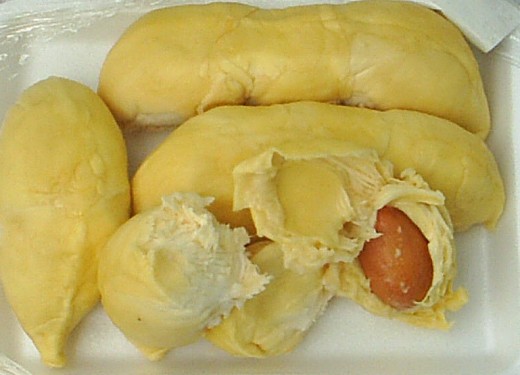
- Durian Palace
A site that explores the origin and many uses of durian and even highlights durian stories and poetry - Durian Fruit: The King of Fruit
An amusing description of a foreigner and her family who tried to smuggle a durian into a Malaysian hotel unnoticed! - Eating Durian for Health and Youth
One writer's convinced durian is great for the health.
What is a good durian?
A good tasting durian is a matter of preference. In southern Thailand, a relatively young fruit is a delicacy whereas in the northern region, they prefer the fruit soft and pungent. Malaysians and Singaporeans prefer their fruit ripe, richly creamy. When the fruit falls to the ground, it will continue to ripen for another 2-4 days.
How do you determine a ripe durian? A method is to shake the fruit and listen to the seeds move as this will indicate a very ripe fruit.
Even though the opinions will vary from simply delicious to downright stinky, nature’s wonderful invention called the durian will continue to delight, evoke curiosity and attract culinary adventurers from every corner of the world.

